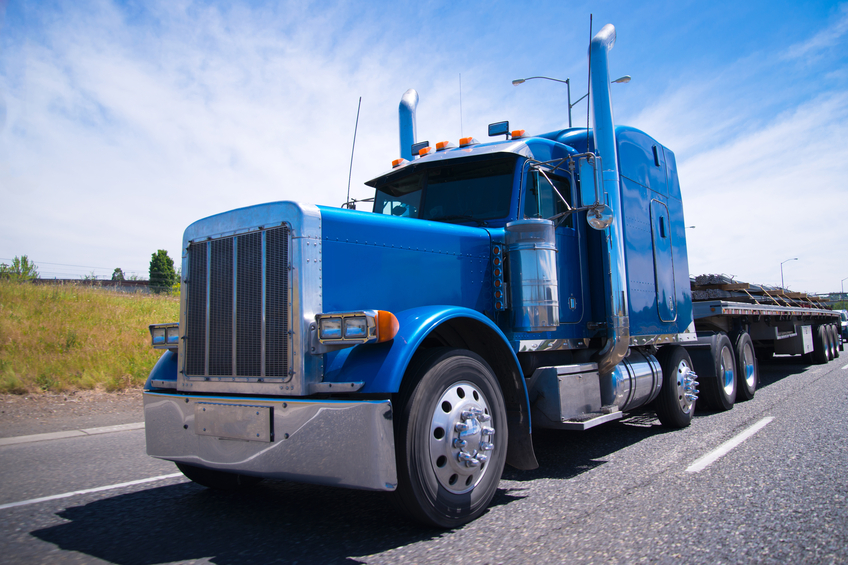Yesterday we looked at the hazard of crashes caused by road debris and how they are different from other types of crashes. Today we’re going to look at how you can help to protect your drivers and others from these crashes.
 |
Keep reading for tips that will help you prevent your own fleet vehicles from dropping debris in the road, and teach your drivers to respond more effectively to road debris.
Applicable Laws
Preventing property damage and fatalities is important enough by itself, but there are also laws in place that address roadway debris hazards. It is illegal in every state for drivers to fail to prevent items from falling from a vehicle while on the road. Fines range from $10 to $5,000, and in 16 states, drivers face the possibility of jail time. If the load that spills is an environmental hazard, employers could also be responsible for steep cleanup costs and environmental fines.
Securing Vehicles and Loads
Before hitting the road, drivers should ensure that they will not drop debris into the roadway by:
- Checking their vehicles. A poorly maintained vehicle is more likely to leave debris in the road. Worn or underinflated tires can blow out, leaving shredded tire debris in their wake. The undercarriage of a vehicle is another common trouble spot: Exhaust system hardware that is corroded can break, leaving mufflers and exhaust tubing behind. Any damage to the vehicle that leaves parts hanging loose (e.g., mirrors, bumpers, body panels damaged in small collisions) should be repaired before the vehicle is used again. Fleet vehicles should be regularly checked by a mechanic—a thorough inspection at each oil change should identify any problems in time—and drivers should perform a quick visual check for any loose, damaged, or badly worn exterior parts before pulling out.
- Securing their loads: When towing a load that is not completely enclosed (in an open bed, on a flatbed trailer, or on an exterior rack), operators must ensure that all items are secured by:
- Covering any load that could blow out of the vehicle, like gravel or mulch, and ensuring that the cover is also secured and will not blow away.
- Evenly distributing the load in the trailer. An unevenly distributed load can shift on turns or during acceleration and deceleration. A load that shifts is more likely to fall out.
- Securing everything. Some drivers will secure large pieces of equipment but leave smaller items unsecured. Make sure that all items, large and small, hazardous and seemingly harmless, are secured before hauling.
- Tying down equipment with chains, rope, netting, or straps. Large objects should be secured directly to the vehicle or trailer. Workers should check tie-downs for signs of wear that could lead to breakage and lost loads.
- Not exceeding the load limit of the vehicle, trailer, or securement devices (e.g., chains, rope, netting, straps).
Defensive Driving
Drivers are responsible for securing their own loads, but what about when your drivers encounter debris in the road that was left by someone else? Defensive driving techniques can help drivers avoid debris collisions and minimize the harm done by them.
Drivers are safer if they:
- Look ahead. Drivers should scan the road 12–15 seconds ahead, so they know what’s coming.
- Leave an “out.” Whenever possible, drivers should leave open space on at least one side of their vehicle in case they need to dodge a hazard.
- Brake. If a collision is impossible, drivers should brake as much as they safely can before making contact with debris in the road.
You’ll find a lot more fleet safety tips at Safety.BLR.com.®

Would have ben helpful to include the regulatory reference for Cargo Securement in this article. General information about the value of cargo securement is fine, but when a regulatory requirement exists, it helps with clarity. The North American Cargo Securement Standard is available on the FMCSA website.
And FMCSA also publishes a very useful Driver Handbook on Cargo Securement. Although at just under 150 pages, calling it a “handbook” is a bit of an understatement.